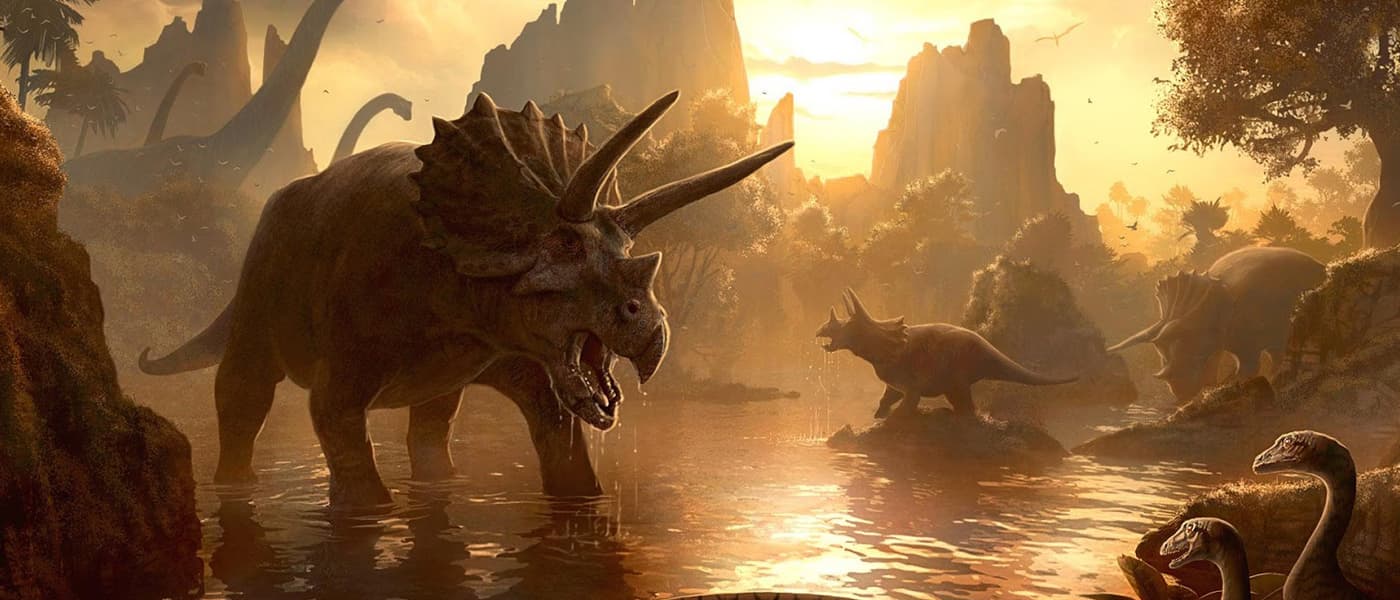Huge impacts
One of the most studied events in the Earth's history isn't even one with humans in it: the asteroid impact that wiped out the dinosaurs. Almost 65 million years ago, the asteroid is theorized to have wiped out much of life on our planet. But some have argued whether it had the same effect in the poles, far from the impact zone in the Gulf of Mexico.
Until now.
A new study of more than 6,000 marine fossils from the Antarctic shows that the same event that killed the dinosaurs was sudden and just as deadly to life in the polar regions.
In a research published in Nature Communications, scientists from the University of Leeds and the British Antarctic Survey on Seymour Island in the Antarctic Peninsula were engaged in a six-year process of identifying more than 6,000 marine fossils ranging in age from 65 to 69 million-years-old.
They found that when grouped by age, the fossil collection shows a dramatic 65-70% reduction in the number of species living in the Antarctic 66 million years ago – around the time the mass extinction event occurred that wiped out the dinosaurs at the end of the Cretaceous Period.
Conflicting Theories
Up until now, it was thought that the creatures living in the southernmost regions of the planet would have been in a less perilous position during the mass extinction event than those elsewhere on Earth.
It was thought that the poles were far enough from any of the hypothesized causes of the mass extinction event, whether its the much-popular asteroid impact in the Gulf of Mexico or extreme volcanism in the Deccan volcanic province in India.
It was also theorized that the species in the Antarctic would have had a hard enough time to survive, as a result of living in environments that were always strongly seasonal. For example, life near the Poles has to adapt to living in darkness for half of the year and to an irregular food supply.
Share This Article
